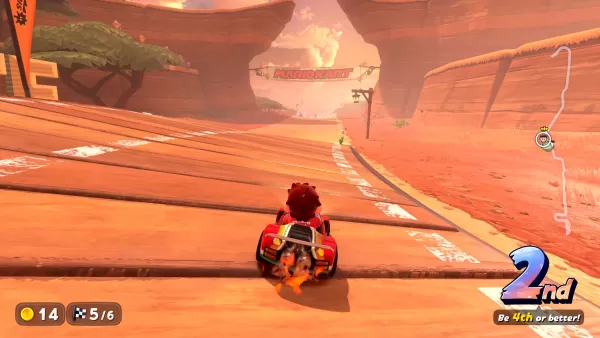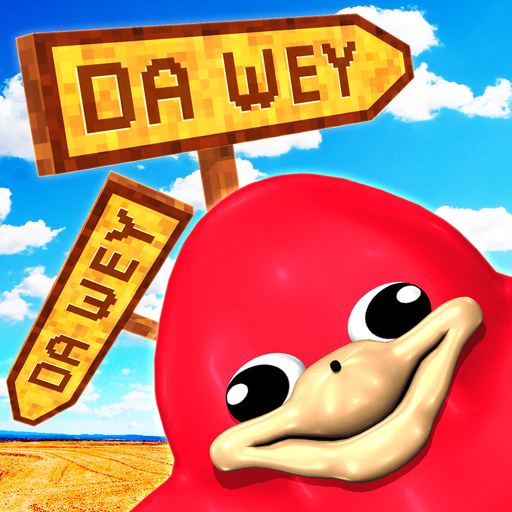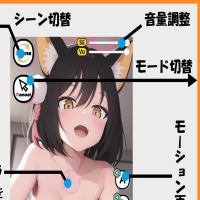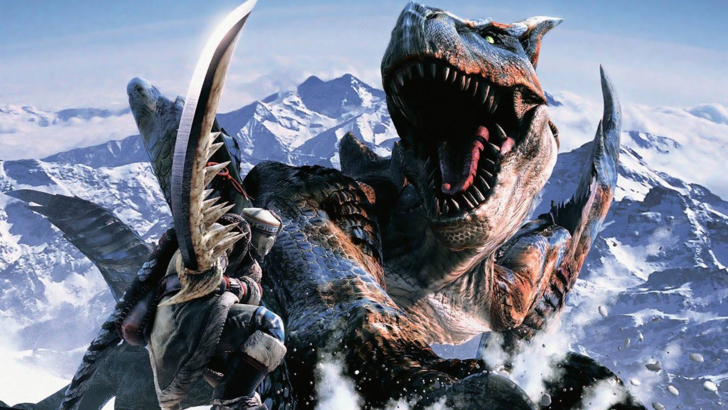
Monster Hunter is renowned for its diverse array of weapon types and engaging gameplay, but did you know that even more weapons have not been included in the newer games? Dive into the rich history of the weapons in Monster Hunter and discover more about their evolution.
← Return to Monster Hunter Wilds' main article
History of Weapon Types in Monster Hunter
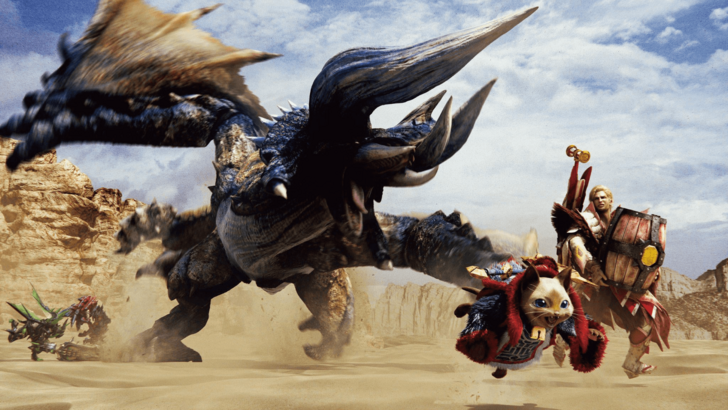
Monster Hunter has been captivating players for over two decades since its debut in 2004. One of its hallmarks is the variety of weapon types available, each with unique strengths, weaknesses, movesets, and mechanics. Monster Hunter Wilds will offer fourteen different weapon types, each requiring players to master distinct gameplay elements.
With the evolution of tools, moves, and mechanics, the difference between the Great Sword of the original game and its modern counterpart is striking. Moreover, some weapons from older titles never made it to the West. Let's explore the history of Monster Hunter, focusing on the evolution of its weapons.
First Generation
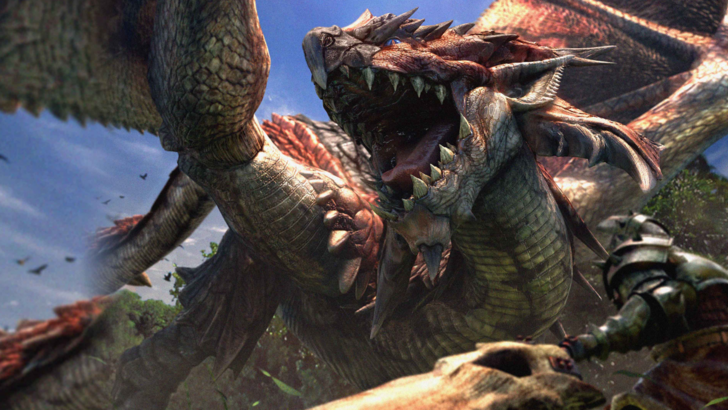
The first generation introduced foundational weapons that have evolved significantly over time, adapting new movesets and mechanics.
Great Sword
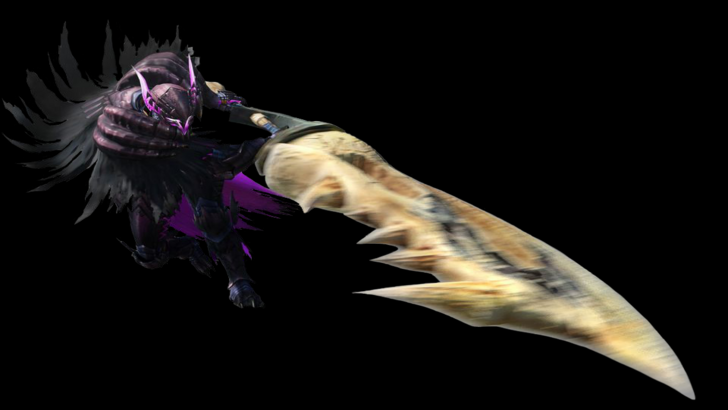
The Great Sword, a staple since 2004, is known for its high damage output but slow movement. Initially designed around hit-and-run tactics, the weapon gained its iconic Charged Slash in Monster Hunter 2, allowing for devastating attacks with three charge levels. Subsequent games enhanced its combo flow and introduced new attacks like the shoulder tackle in Monster Hunter World, enabling quicker access to charged attacks. The Great Sword remains a weapon with a low skill floor but a high skill ceiling, rewarding players who can maximize damage through precise timing.
Sword and Shield
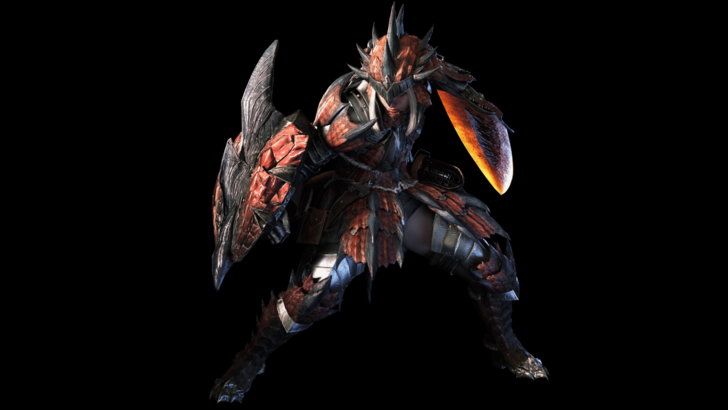
The Sword and Shield offers versatility with balanced damage, quick combos, and mobility. Initially considered a beginner's weapon, it evolved with added mechanics such as item usage without sheathing in Monster Hunter 2, and new moves like the shield bash combo and Perfect Rush in later titles. Despite its simplicity, the Sword and Shield's depth lies in its ability to adapt to various combat situations, making it a jack-of-all-trades weapon.
Hammer
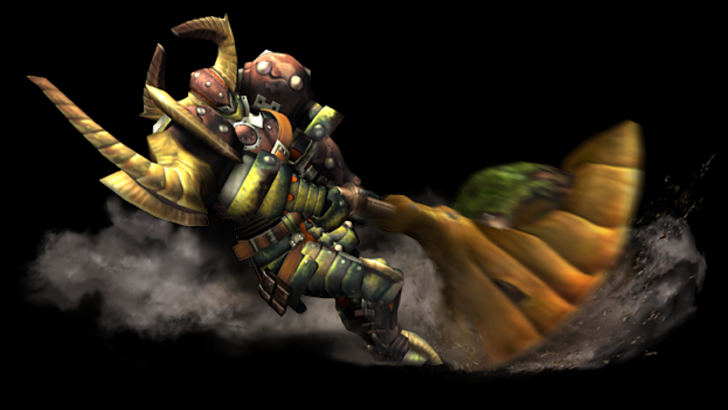
The Hammer focuses on blunt damage, excelling at breaking monster parts and causing knockouts. Its playstyle, similar to the Great Sword, emphasizes hit-and-run tactics but with higher mobility. Significant changes in Monster Hunter World and Rise introduced powerful attacks like Big Bang and Spinning Bludgeon, along with dual modes (Strength and Courage) that alter charge mechanics. Mastering the Hammer involves targeting the monster's head to maximize stun potential.
Lance
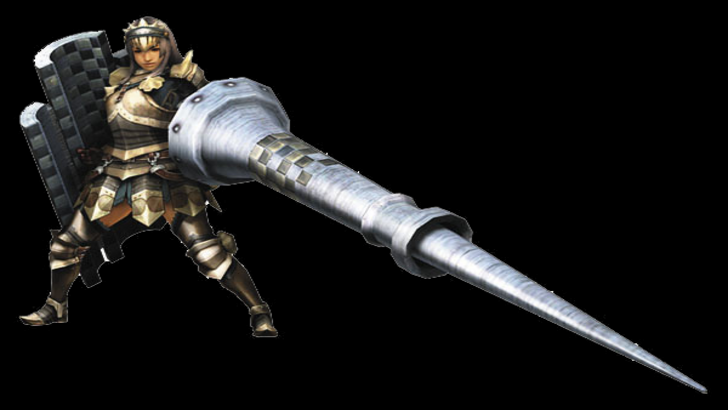
The Lance embodies the saying "a good offense is a great defense" with its long reach and robust shield. Its playstyle focuses on poking from a safe distance while maintaining a strong defensive stance. The introduction of the Counter mechanic enhanced its defensive capabilities, and despite its limited mobility, the Lance's damage output remains formidable. It turns the hunter into a tank, offering a unique gameplay experience.
Light Bowgun
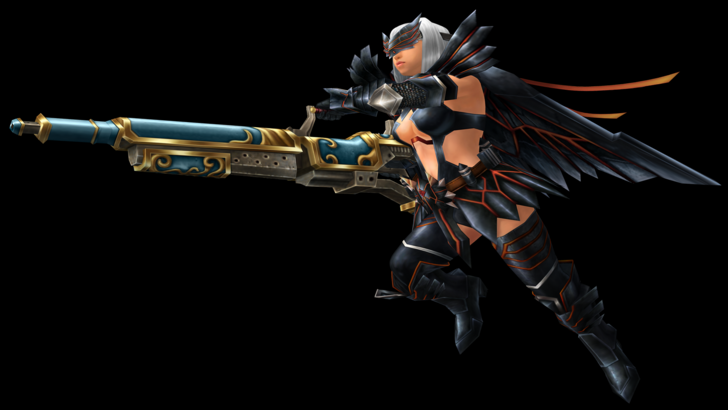
The Light Bowgun, a ranged weapon from the first generation, prioritizes mobility and quick reloads over firepower. Its versatility comes from customization options like long barrels and silencers. The introduction of Rapid Fire and the Critical Distance mechanic in Monster Hunter 4 added depth to its gameplay. Monster Hunter World further enhanced its mobility with the Wyvernblast and slide maneuver, differentiating it from its heavier counterpart.
Heavy Bowgun
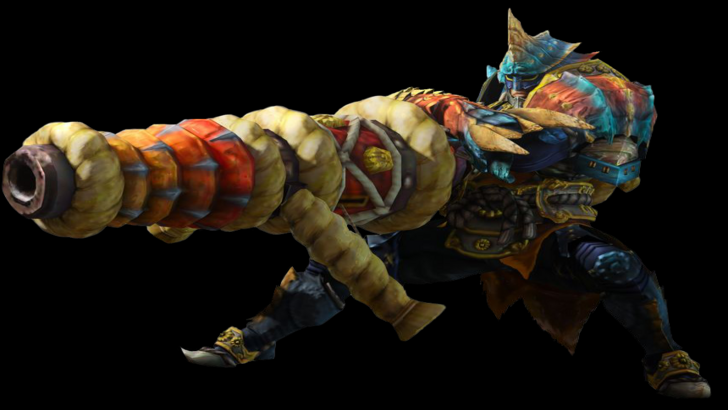
The Heavy Bowgun, also from the first generation, offers high damage and a variety of ammunition options but at the cost of mobility. Its design remained consistent, focusing on long-range artillery and support. The introduction of Siege Mode in Monster Hunter 3 and special ammunition types like Wyvernheart and Wyvernsnipe in Monster Hunter World enhanced its offensive capabilities. The weapon's core identity revolves around preparation and firepower.
Dual Blades
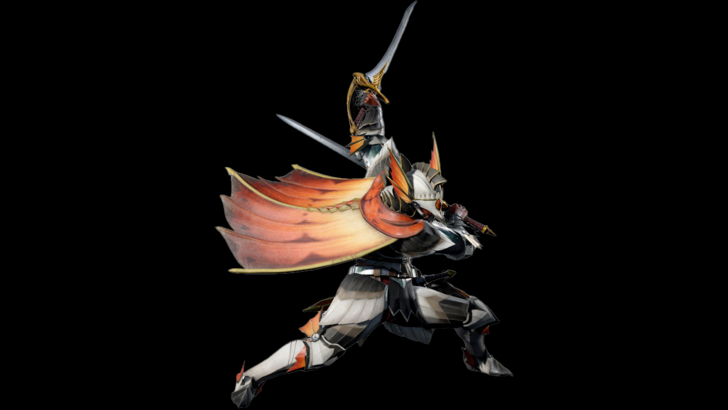
The Dual Blades, introduced in the Western release of the first game, emphasize speed and fluid combos. Known for inflicting status ailments and elemental damage, the weapon's Demon Mode increases damage and unlocks new attacks, albeit at the cost of stamina. The Demon Gauge and Archdemon Mode in later games transformed the weapon's gameplay, allowing for stamina-free access to powerful moves. The Dual Blades' core remains centered on rapid, continuous attacks.
Second Generation
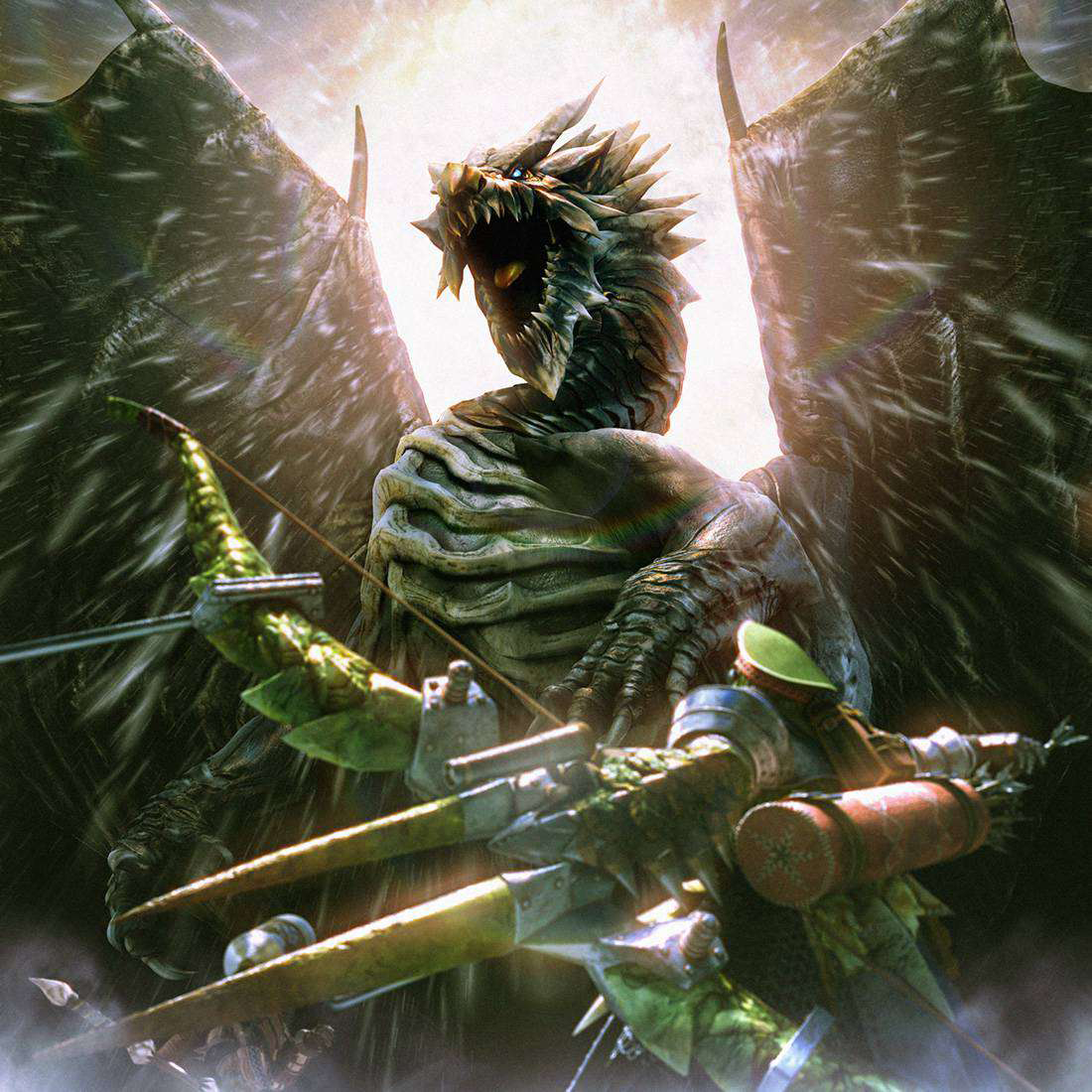
The second generation introduced new weapons that built upon the originals, offering unique movesets and mechanics.
Long Sword
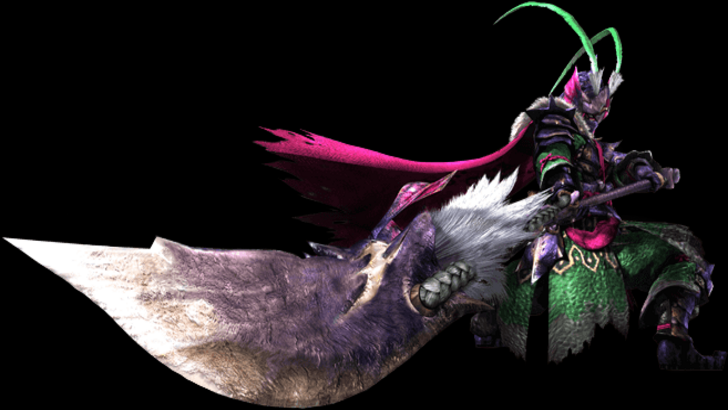
The Long Sword, introduced in Monster Hunter 2, is known for its fluid combos and high damage. Its Spirit Gauge, filled by landing attacks, allows access to the Spirit Combo and its finishers. Monster Hunter 3 introduced new Spirit Gauge levels and the Spirit Roundslash, while Monster Hunter World added the Foresight Slash and Spirit Thrust Helm Breaker. The Long Sword's evolution has shifted towards a more counter-based playstyle, enhancing its dynamic combat flow.
Hunting Horn
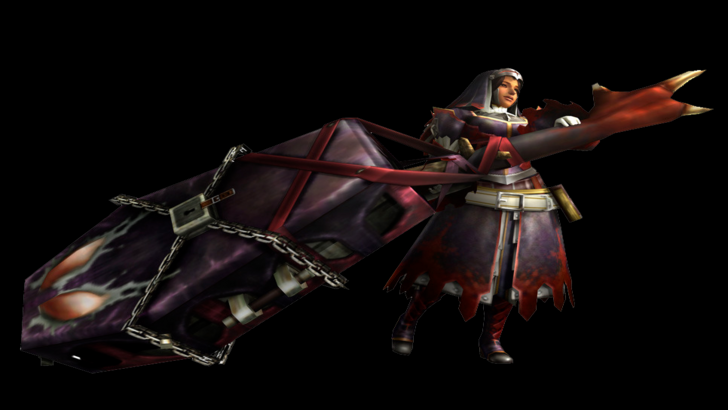
The Hunting Horn, introduced in Monster Hunter 2, is the series' primary support weapon. Its Recital mechanic allows players to play songs for various buffs. While it deals impact damage similar to the Hammer, its primary role is support. Monster Hunter 3 Ultimate allowed note-playing during attacks, while Monster Hunter World introduced song queuing and Echo Notes. Monster Hunter Rise simplified the weapon's mechanics, sparking debate over its intricacy versus accessibility.
Gunlance
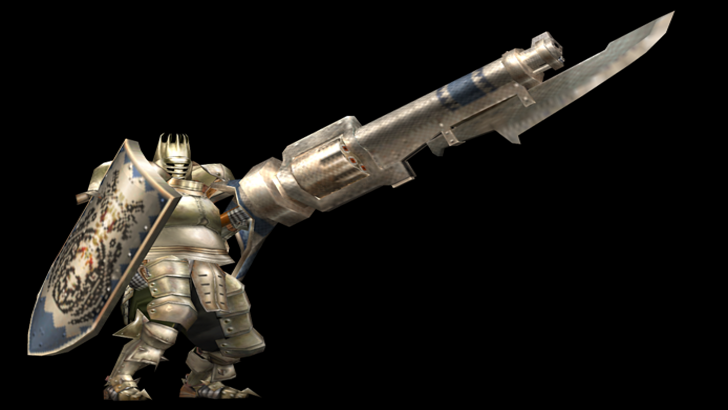
The Gunlance, introduced in the second generation, combines elements of the Lance and Bowgun, offering explosive rounds and a piercing lance. Its Shelling Abilities vary by weapon, and the Wyvern's Fire serves as a powerful finisher. Monster Hunter 3 introduced quick reloads and Full Burst, while Monster Hunter World added the Wyrmstake Shot. The Gunlance's aggressive playstyle requires balancing shell usage with physical attacks.
Bow
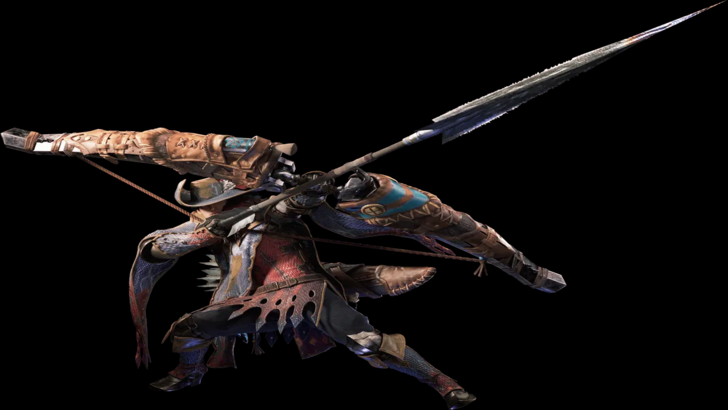
The Bow, introduced in Monster Hunter 2, excels in close-to-mid-range combat with high mobility and combo-based attacks. Its Coatings enhance damage and inflict status effects. Monster Hunter World streamlined its moveset and introduced universal Close-Range Coating, while Monster Hunter Rise reintroduced Shot Types tied to charge levels. The Bow's aggressive playstyle differentiates it from other ranged weapons.
Third and Fourth Generation
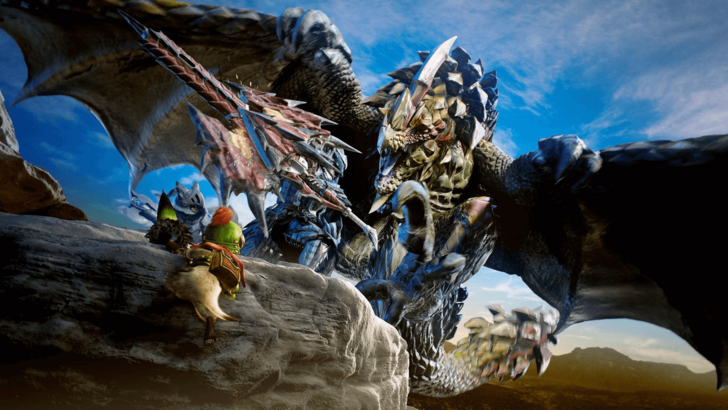
The third and fourth generations introduced innovative weapons, including morphable weapons and unique buff mechanics.
Switch Axe
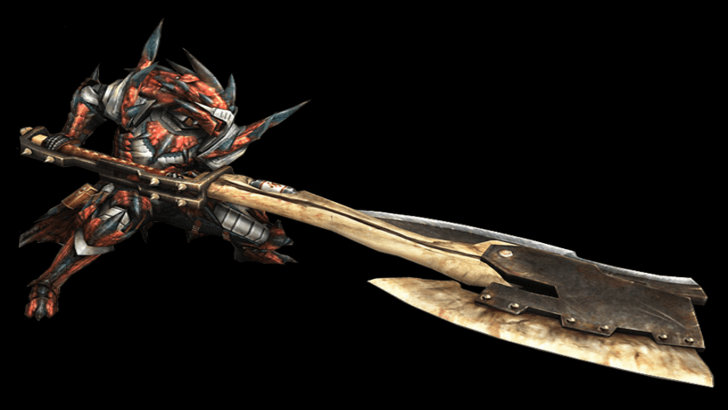
The Switch Axe, introduced in Monster Hunter 3, features two modes: Axe Mode for mobility and Sword Mode for high damage. Its Elemental Discharge finisher in Sword Mode is iconic. Monster Hunter World introduced the Amped mechanic, enhancing Sword Mode, while Monster Hunter Rise extended this to both modes. The Switch Axe's form-swapping mechanics offer a unique combat flow.
Insect Glaive
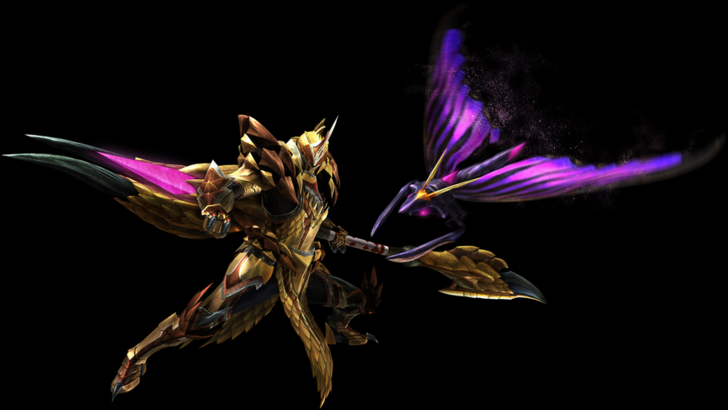
The Insect Glaive, introduced in Monster Hunter 4, is known for aerial combat and its Kinsect companion, which collects essences to grant buffs. The weapon's potential is unlocked with red, white, and orange essences, enhancing attack, mobility, and defense. Monster Hunter World: Iceborne added the Descending Thrust finisher, and Monster Hunter Rise simplified the Kinsect upgrade system. The Insect Glaive's gameplay revolves around quickly collecting essences to maximize its effectiveness.
Charge Blade
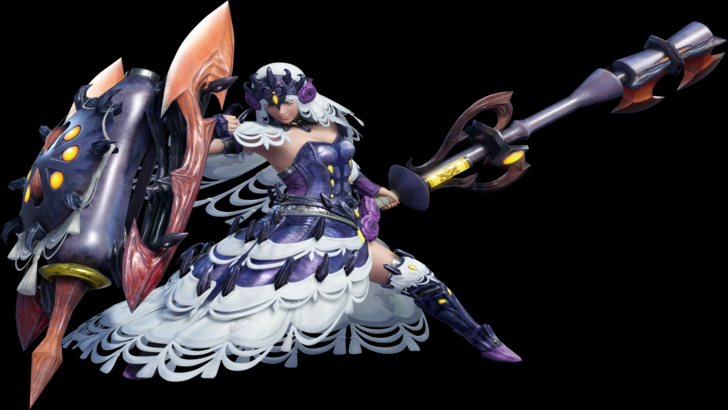
The Charge Blade, also introduced in Monster Hunter 4, is known for its versatility and complex mechanics. It features Sword Mode for charging phials and Axe Mode for unleashing them through Amped Elemental Discharge. Mastering Guard Points and mode transitions is crucial, making the Charge Blade challenging yet rewarding. Its balanced offense and mechanical depth make it a versatile weapon.
Will There Be More?
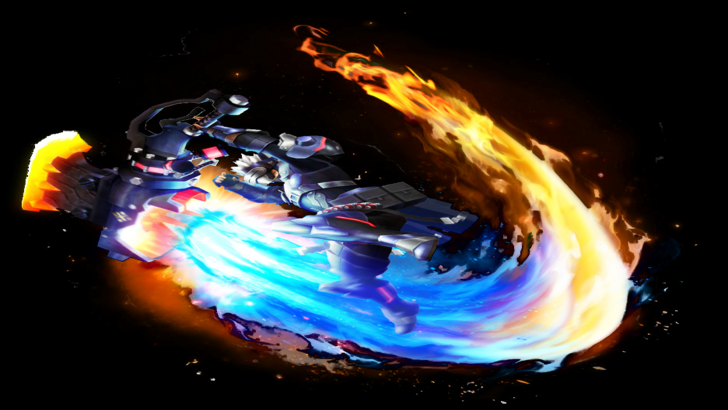
While Monster Hunter Wilds will feature fourteen weapons, the series has a history of introducing new weapons or reintroducing older ones not seen in Western releases. Given the longevity of the franchise, future titles may continue to expand the weapon roster, adding even more depth to the already engaging gameplay.
You may also like...


